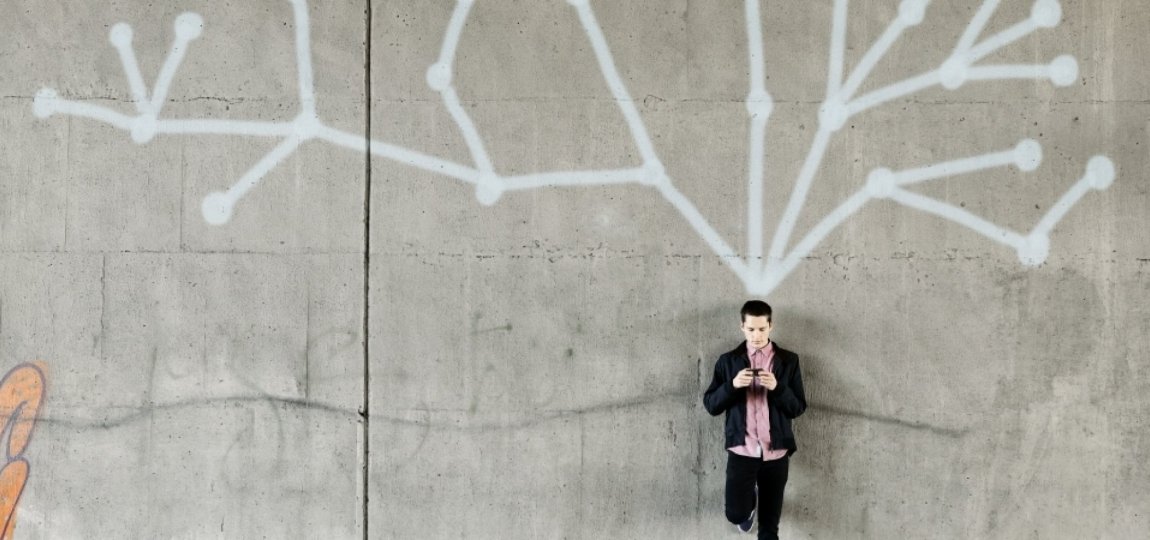Picture it: this is a phrase that so many creative thinkers use when they’re introducing their new project. The best ideas begin with a compelling image. In a single image lies a larger story, a whole series of suggestions, memories from the past, and gestures toward the future. Visual aids are indispensible tools for any innovator that help generate and motivate breakthrough change.
To harness the power of visuality is to tap into one of our mind’s most profound capacities: a large part of our brain is designed to create pictures. We imagine and dream in pictures. In the Middle Ages, when most people were unable to read, visualization was the main source of meaning and comprehension. People read churches and other architectural creations the way we read texts today. The mere sight of a portico or a spire or any spot of a building would trigger another image in the mind, a story, a recollection, a set of associations. Our ability to visualize has been a critical element in the development of our creative capacities throughout history.
We manage a complex array of images on an everyday basis. Consider, for example, an ordinary activity like driving down a highway and all the different kinds of visual cues that we make sense of both actively and unconsciously. There’s information scurried across our dashboard, window, rear window, mirrors. Then there’s the outside images that confront us–traffic lights, street signs, billboards. And this isn’t even to mention the extraneous distractions inside the car: radios, phones, other passengers. Our ability to synthesize this overwhelming amount of visual material without making it seem like anything but a routine act is simply astounding. It’s something that even parallel data-processing computers can’t do.
So how can you mobilize these innate ocular talents and put them to work in your creative endeavors? Here are three kinds of visual aids to use as inspiration for your next innovation initiative.
1. Artifacts of Thought: Try imagining the future as something that’s already happened. Make your project into an object you can see today–before it’s finished. Take a dusty old book cover and put the name of your unwritten novel on it. Now it’s as if the novel is waiting for you to write it. Draw a picture of that little cottage on the glen overlooking the lake that you’ve been saving up all these years to purchase or build. That literal artifact of what’s soon-to-be will push you forward to realize your goal. It may not exist in the real world yet, but once it exists in your mind, you’ve made it past the first step.
2. Manifestos: These are declarations of intent, announcements or proclamations of the things that you will do. The late American mythologist Joseph Campbell said, “Follow your bliss.” It became a simple statement with immense power. Manifestos give us a sense of destiny. Many people create their own catchphrases or slogans that encapsulate their core values or approaches to life. Others have particular songs–or even soundtracks–that articulate and encourage their ambitions. What’s on your innovation mix tape?
3. Dashboards: Now that you can see your future, you need a way to actually reach it. This is exactly what dashboards do: they are roadmaps that help you get from one place to the next. They may take the form of graphics or mandalas or word clouds or concept maps that put together all the individual pieces to a big project. They may also take the form of lists–lists of guidelines or rules of thumb you might put on a poster. Your dashboard doesn’t have to be linear, but it should tell you how to get from here to there.
It’s no coincidence that the word “visionary” denotes having the ability to see well and possessing a gift of creativity. Gathering the visual aids to accompany your innovation initiative both stimulates and sustains creative energy. What does your future look like today?
